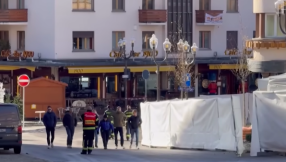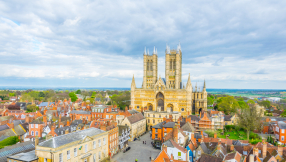The first phase of a survey into the wildlife and ecology in churchyards across Greater London has been completed.
The Churchyards for London project was launched to deepen understanding of the contribution churchyards make to biodiversity in the capital.
Findings from the survey will be used to guide future decisions about conservation and encourage appreciation of wildlife in churchyards among congregations as well as the communities within which they lie.
The project is a collaboration between the Church of England Dioceses of London, Chelmsford and Southwark but is assessing churchyards across the denominations.
Andrew Lane, Diocesan Advisory Committee Secretary for Southwark Diocese, said: "The Diocese of Southwark is pleased to be involved in this project. We hope that the data collected on flora and fauna across such a diverse range of sites will help parishes to appreciate their churchyards more and make better use of them as a resource."
The first phase of research was carried out by URS Environment and Natural Resources, Infrastructure and Environment, and is jointly funded with support from Natural England and Greenspace information for Greater London (GiGL).
Mandy Rudd, GiGL chief executive, said: "We are very proud to be able to support this project and in so doing help improve the evidence base that informs nature conservation in London."
The group has found 480 sites across the three dioceses with "good indications" that they could be a home to wildlife.
The research also draws from existing GiGL data gathered over the last 17 years and showing that more than 200 significant species have been observed within a 0.5 km radius of just 50 out of the 480 eligible sites, while there are 114 sites officially designated already as of ecological interest within a short distance of these 50 churchyard sites.
The inititial findings suggest churchyards are well placed to provide habitat for rare or significant wildlife species.
The second phase of research will look at 30 churchyards, including in Kensington, Roehampton and Cranham.
Brian Cuthbertson, Head of Environment and Sustainability for the Diocese of London, said: "As Christians we are charged with caring for God's creation. London is one of the greenest of capitals, and there are 270 hectares of green space, with trees, plants, flowers, birds, bats and bees surrounding our churches, for us to cherish and enjoy. Now we're learning more about this abundance of biodiversity, so we can appreciate and look after it better."













